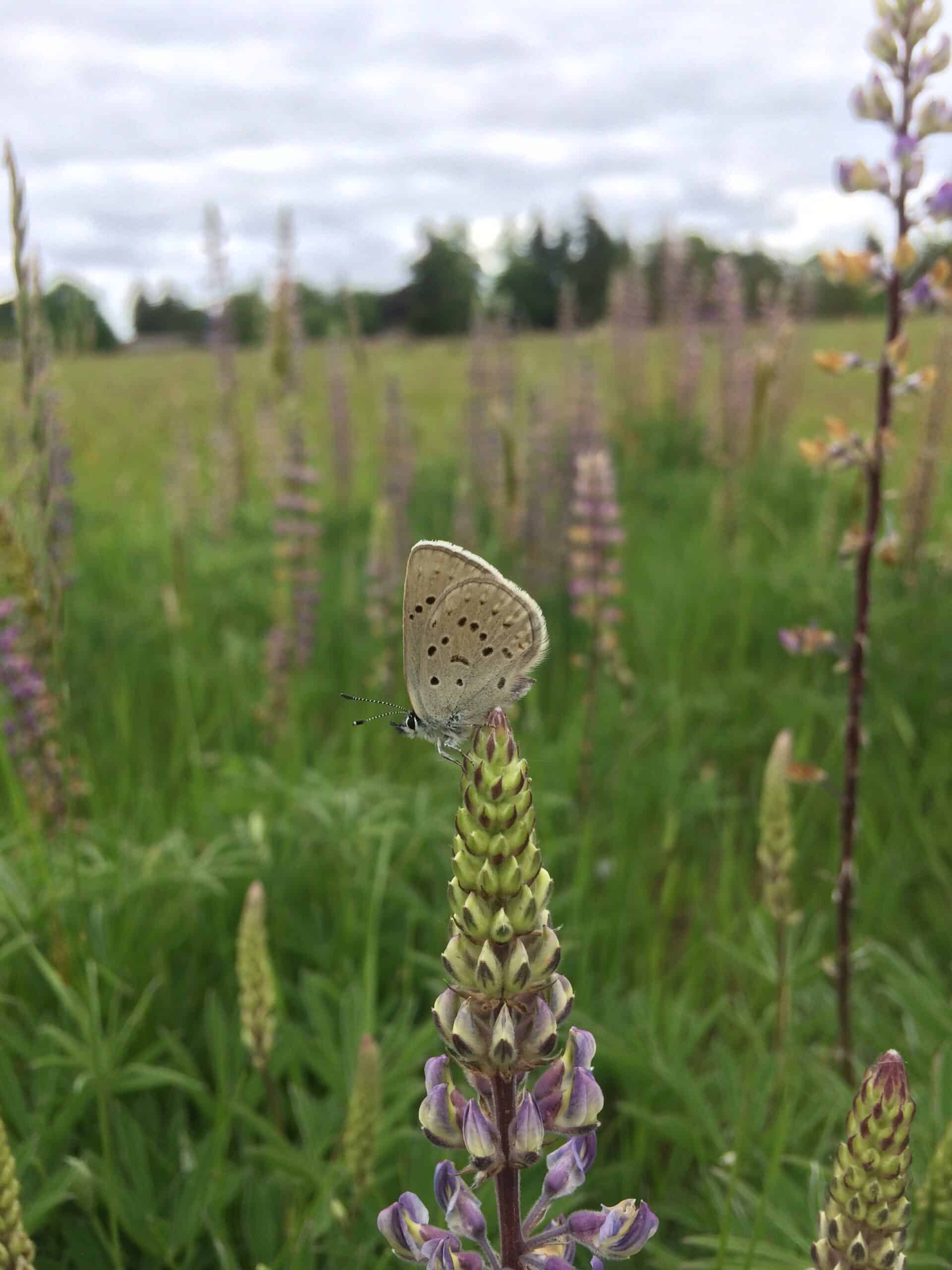Share this article
Probiotics may help treat toads against fungus
Researchers recently found a probiotic found in nature can help boreal toads fight the deadly chytrid fungus and are now testing it in the wild.
“The use of microbes to fight against pathogens and agricultural pests has been known for a long time,” said Valerie McKenzie, an associate professor at the University of Colorado Boulder. “Then, as we learn more about microbiomes in humans and other things, we think we can harness the power of the protective microbiome to improve human and wildlife medicine.”
McKenzie first heard about applying microbiomes to Batrachochytrium dendrobatidis or Bd, the fungus that causes chytrid in amphibians, in 2006. A colleague had isolated the bacteria found on salamanders, grew them in a petri dish and found they helped fight off Bd. “That set off a lightbulb in my head,” she said.
McKenzie decided to test the idea on boreal toads (Anaxyrus boreas), a species native to the Colorado high country, which is endangered mostly due to the chytrid fungus. “They’re really neat and there are some surprising things I got to learn about them and how heavily they are affected by the pathogen,” she said.
McKenzie and her team first studied boreal toads and their natural microbiome in the wild to learn about their basic ecology. They then conducted a lab experiment in a study published in the Proceedings of the Royal Society B, funded by the nonprofit Morris Animal Foundation, that demonstrated treating toads with certain bacteria can effectively reduce mortality caused by Bd. Her team also sampled boreal toads at a variety of sites and life stages. “Because they have that complex life history, we wanted to understand, how do the microbes change through their development?” she said.
She and her colleagues looked at which microbes might have defensive capabilities on the toads by taking cultures and sequencing them to study individual bacteria. They found that the bacterium Janthinobacterium lividum successfully fought off the fungus and increased survival by 40%. “For a human drug trial, that would be an astronomically awesome result,” she said. “For us, we’re hoping to do even better and improve that.”
Chytrid has been spreading to new areas in Colorado that used to be stronghold populations, concerning state biologists that the disease could wipe out populations. Once McKenzie and her colleagues proved in the lab that probiotics could be effective against it, they partnered with Colorado Parks and Wildlife and got permission to treat populations in the wild so that they could begin testing their lab findings in the wild.
The team located a few sites about 10,000 feet in elevation where the toads breed in beaver ponds. They began running a few trials, trying to answer questions like how to apply the probiotic in wild toads. “Can we sprinkle it in their water, put it in the soil, or do we have to capture them and put them directly into a bath with it?” she said. “Those kinds of questions are important if we want to do this at a broader scale. It would be cumbersome to take individuals and treat them individually.”
They also set out to find which life stage of the toads they should be treating.
This past year, they have preliminarily answered some of these questions. “We don’t have the whole story yet, but there are big pieces we’re understanding now,” she said.
So far, they have found that developmental life stage of toads matters for treatment. Probiotic treatment didn’t work very well on tadpoles, but it did work well on toadlets undergoing metamorphosis. As the amphibians’ shed their tadpole skin and their gills change to lungs, when researchers put probiotics in the tubs of water they were swimming in, it stuck. “This is a critical finding to this work,” she said. “That’s a big game changer.”
Since toads tend to hang around in large clusters soon after metamorphosis, if researchers can find them during that window and add the natural probiotic to their water, they can treat many individuals at a time, McKenzie said. Toads are also most vulnerable at this life stage, so treating them during metamorphosis becomes even more important.
“I think that a probiotic tool like this is cool, because it’s a new tool different from other conservation tools we have available to us,” she said. “With this pathogen, it’s a difficult problem, and you need as many tools as you can get. It’s sort of like trying to help along populations with their natural defenses to the pathogen.”
Header Image:
Natural probiotic treatments may help boreal toads fight the deadly chytrid fungus.
Courtesy University of Colorado Boulder








